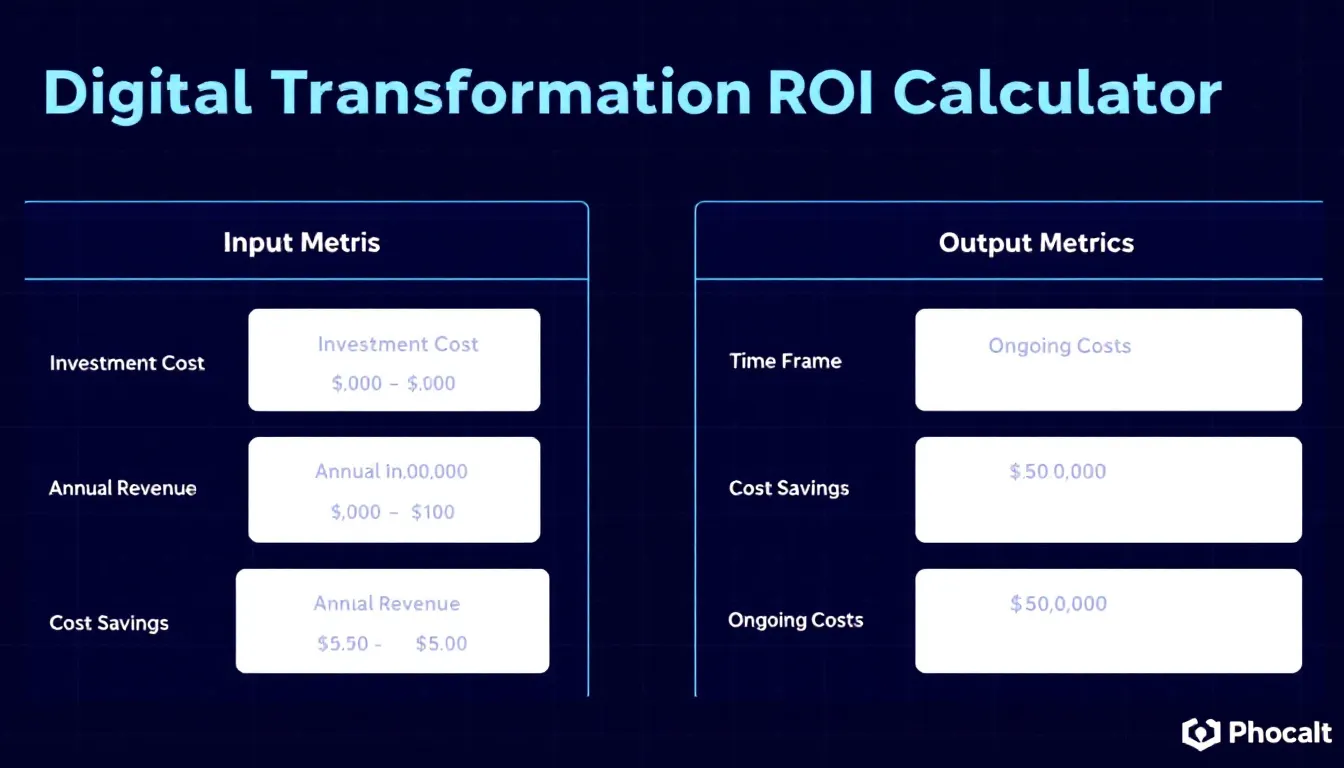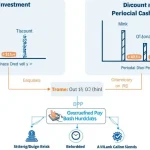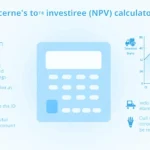Digital Transformation ROI Calculator
Calculating...
Is this tool helpful?
How to Use the Digital Transformation ROI Calculator Effectively
To get the most accurate results from this ROI calculator, provide precise inputs about your digital transformation project. Here’s what you should enter in each field, along with examples different from those in the form:
- Investment Cost ($): Enter your total upfront investment. For example, $180,000 for implementing an AI-based customer support chatbot or $400,000 for upgrading legacy IT infrastructure.
- Time Frame (Years): Specify how long you want to track ROI. For instance, use 4 years for a mobile app rollout or 10 years for comprehensive digital supply chain optimization.
- Annual Revenue Increase ($): Input the expected yearly revenue growth from the transformation. Example inputs: $50,000 from expanded e-commerce sales or $90,000 from new digital product lines.
- Annual Cost Savings ($): Enter expected yearly expense reductions. For example, $30,000 saved due to cloud automation or $60,000 cut from reduced manual inventory management.
- Annual Ongoing Costs ($): Specify recurring yearly expenses to maintain your new systems. Examples: $12,000 for subscription services or $35,000 for periodic software upgrades and support.
- Discount Rate (%): Enter your organization’s cost of capital used in NPV calculations. Common values include 8% for low-risk investments or 14% for higher-risk tech projects.
What Is the Digital Transformation ROI Calculator and Why Use It?
The Digital Transformation ROI Calculator helps you assess the financial benefits of your digital initiatives. It evaluates the returns compared to your investment to inform your decision-making clearly and accurately. By combining key financial metrics, this tool delivers a full picture of your project’s profitability and timelines.
Key Features and Benefits
- Clear ROI Metrics: Understand exactly how profitable your digital project is over time.
- Net Profit and Payback Period: Know when your investment breaks even and how much profit you gain.
- Net Present Value (NPV) Assessment: Factor in the time value of money to evaluate true long-term worth.
- Interactive Cash Flow Visualization: See how cash accumulates year-by-year with a detailed graph.
- Data-Driven Planning: Use precise financial insights to guide project budgeting and timelines.
Understanding the Core Financial Calculations
This calculator performs several important financial computations using your inputs. Here’s a breakdown of the formulas it uses, rendered with MathJax for clarity:
Return on Investment (ROI)
ROI shows the percentage return relative to your initial investment:
$$ROI = \frac{(Total\ Benefits – Total\ Costs)}{Investment\ Cost} \times 100\%$$Net Present Value (NPV)
NPV calculates the present value of future net benefits discounted by your discount rate:
$$NPV = -Investment\ Cost + \sum_{t=1}^{n} \frac{Annual\ Net\ Benefit}{(1 + Discount\ Rate)^t}$$Payback Period
This shows how many years it takes to recover your original investment:
$$Payback\ Period = \frac{Investment\ Cost}{Annual\ Net\ Benefit}$$Example Calculation Using the ROI Calculator
Let’s consider a healthcare provider investing in a new telemedicine platform. Suppose you input the following:
- Investment Cost: $275,000
- Time Frame: 5 years
- Annual Revenue Increase: $65,000
- Annual Cost Savings: $40,000
- Annual Ongoing Costs: $30,000
- Discount Rate: 12%
The calculator computes:
- Annual Net Benefit: $75,000 (calculated as $65,000 + $40,000 – $30,000)
- Total Benefits over 5 Years: $375,000 ($75,000 × 5)
- Total Costs: $425,000 ($275,000 initial + $30,000 × 5 ongoing)
- Net Profit: -$50,000 (total benefits minus costs)
- ROI: -18.18%
- Payback Period: 3.67 years
- NPV: Shows discounted net benefit accounting for the 12% rate
This example shows a negative ROI because ongoing costs exceed net benefits, highlighting the importance of realistic inputs and ongoing cost management.
Practical Applications of the Digital Transformation ROI Calculator
Evaluating Enterprise Software Upgrades
When planning an enterprise software upgrade, you can use this calculator to:
- Compare ROI across different software vendors and feature sets
- Decide the optimal upgrade schedule based on financial returns
- Build a sound financial case for the investment to executives
Analyzing Cloud Migration Financial Impact
Cloud migration projects require weighing upfront costs against long-term savings. Use the calculator to:
- Model cost-benefit comparisons between on-premises and cloud setups
- Break down migration phases and evaluate ROI for each step
- Forecast operational cost reductions from cloud efficiencies
Frequently Asked Questions About Digital Transformation ROI Calculation
How do I estimate annual revenue increase from digital projects?
Focus on measurable outcomes like new customer acquisition, higher average sales per customer, and expanded market reach. Include both direct revenue gains and the value of improved customer retention.
What should I include in annual cost savings?
Calculate reductions in labor costs, fewer errors, improved efficiencies, and lower maintenance expenses due to automation and streamlined processes.
What constitutes the total investment cost?
Include hardware, software licenses, consulting and integration fees, employee training, and infrastructure upgrades necessary for digital transformation.
Why is the discount rate important?
The discount rate adjusts for the risk and opportunity cost of your investment by discounting future cash flows, making the Net Present Value calculation reflect realistic value over time.
Can I use this calculator for projects with multiple phases?
Yes, input investment costs and benefits for each phase separately or aggregate them into combined values to assess overall financial impact.
How should I interpret the payback period?
A shorter payback period indicates quicker recovery of your investment, reducing risk. Use it alongside ROI and NPV for a well-rounded view.
What is a reasonable ROI for digital transformation projects?
A typical goal is achieving ROI above 50%, but ROI expectations can vary by industry and project scope. Strategic projects might have lower ROI but deliver essential competitive advantages.
Important Disclaimer
The calculations, results, and content provided by our tools are not guaranteed to be accurate, complete, or reliable. Users are responsible for verifying and interpreting the results. Our content and tools may contain errors, biases, or inconsistencies. Do not enter personal data, sensitive information, or personally identifiable information in our web forms or tools. Such data entry violates our terms of service and may result in unauthorized disclosure to third parties. We reserve the right to save inputs and outputs from our tools for the purposes of error debugging, bias identification, and performance improvement. External companies providing AI models used in our tools may also save and process data in accordance with their own policies. By using our tools, you consent to this data collection and processing. We reserve the right to limit the usage of our tools based on current usability factors.







